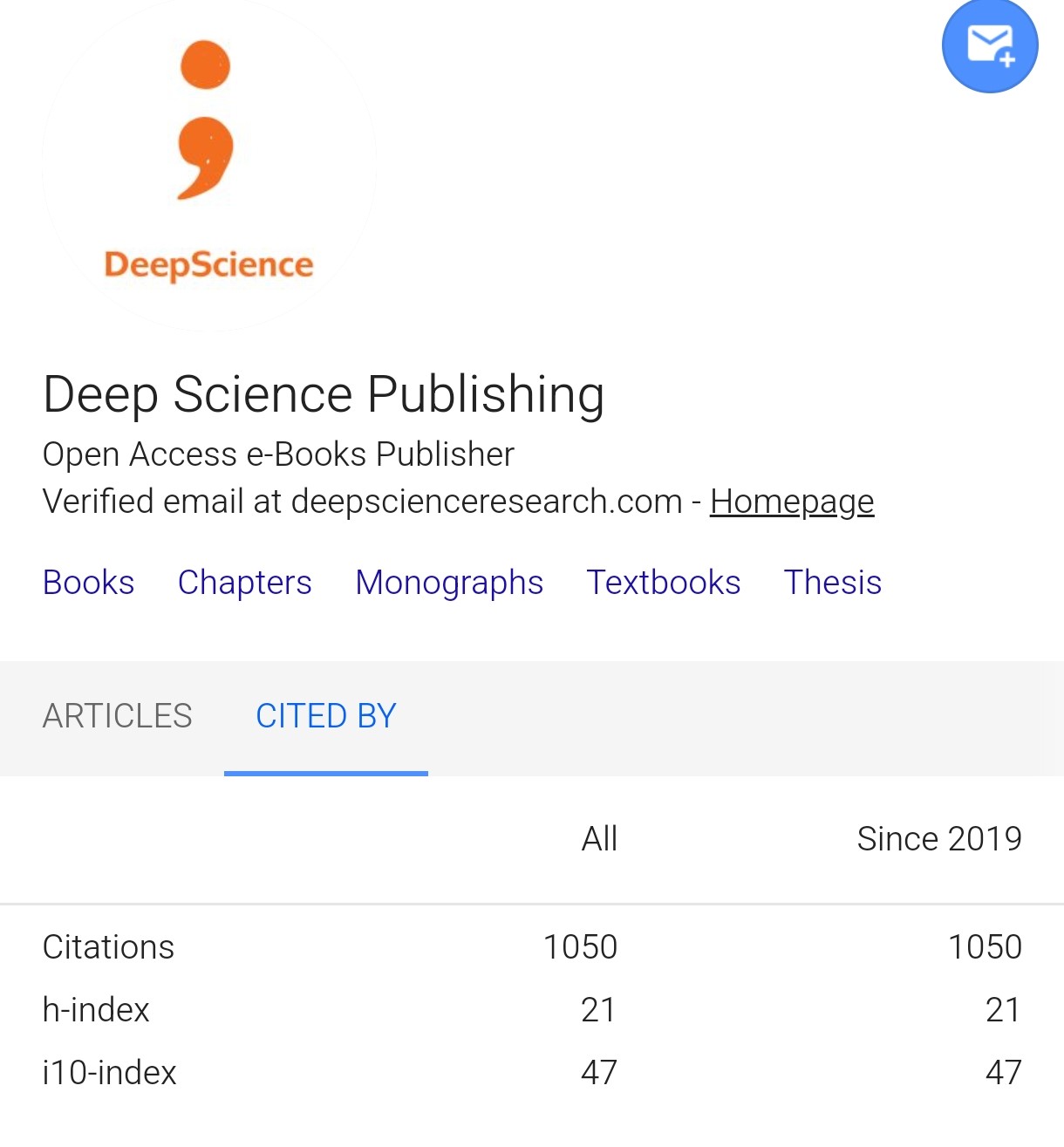Regulatory frameworks shaping modern lending practices in the residential sector
Synopsis
The health of the residential mortgage sector is of critical importance to both financial stability and the social and individual benefits warranted by a vibrant housing sector (Chakilam, 2022; Komaragiri, 2022; Malempati, 2022). Regulatory frameworks are critical to the operation of residential mortgage markets. Lenders face real and perceived risks in making mortgage loans (Challa, 2023; Nuka, 2023; Chakilam, 2022). These risks are especially acute when analyzing the potential default of a borrower. Traditional essays argue that information asymmetry is most responsible for this situation and that the best way to make a loan is by establishing a face-to-face relationship with borrowers. The face-to-face relationship fosters direct experience with the borrower via their own senses, and researchers have shown that the direct senses are a key reason for the approval of loans; that is, in credit scoring systems, the senses work remarkably better than the statistics. These essays analyze to what extent such direct experience may actually work.
Currently, lending by financial intermediaries is the principal mechanism for financing housing in many countries around the world. In developing mortgage markets, financial instability and poor performance of financial institutions are the norm rather than the exception. As a focus of housing finance, banks and finance companies, in general, fall short of a series of positive attributes, making them less than ideal lenders in the residential mortgage market. Banks have achieved some success in residential mortgage lending primarily through the application of certain useful regulations designed to regulate the residential mortgage market, combined with a series of incentives. It is the purpose of this paper to explore these regulations. It is also the intention of this study to review recent house price and mortgage market performance, identify key global and domestic challenges to initial housing and residential mortgage market development, and highlight the benefits and positive roles of allowing banks to write the first of several stages of the mortgage loan if certain preconditions are met. Significant shortcomings of the existing regulatory approach, including a discussion of the potential distortions that arise from these regulations, are also included. Finally, the paper draws conclusions about the current state of play in the residential mortgage market and provides a series of important policy recommendations.
2.1.1. Overview of the Residential Lending Landscape
The provision of residential mortgages in the United States has evolved over time as mortgage markets, institutional changes, and financial innovations have influenced the loan terms and borrower underwriting. Residential mortgage lending and processing is an information-intensive profession. A lender gathering, analyzing, and interpreting hundreds of pages of documents for each transaction can easily spend a full-time workweek preparing a mortgage. While there are specific agreed-upon factors that are easily and routinely analyzed, there is still a significant amount of information collection and analysis without a clear objective or endpoint. As we examine the work order put in place by various government and consumer protection oversight acts in the United States that are commonly perceived by many to be the strictest regulation in the world, it is helpful to remember that this work is not completed because of the requirements, but because of decades of organic development and institutional specialization that has evolved in the United States to meet these requirements.
The United States government has a strong history of supporting homeownership. The U.S. mortgage market has become the largest worldwide model after maturing over its 200-year history. A strong federally insured banking system has been providing the vast majority of home loans through a well-defined, regulated, and transparent secondary market system. Because of the diversity and the reliance on securities funding, younger, less developed markets that may be ambitious to write rules could benefit from a review of the United States' experience. The U.S. market demonstrates the relative efficiency and reduced risk of home ownership if the mortgage market is working well. The return streams of the near-perfect security host from the path of prepayment and default are worth the logistical elements that require them to be periodically calculated.













